Belt and Road
Your Present Location: PROGRAMS> Belt and Road-
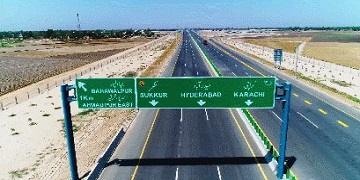
Green Corridor to boost agricultural trade with Pakistan
China and Pakistan have agreed to launch a "Green Corridor" system that will fast-track two-way customs clearance exclusively for agricultural products, according to a statement from China's Ministry of Commerce (MOFCOM) on Thursday.The Green Corridor is expected to be launched between the Khunjerab pass in China and Sust pass in Pakistan. With the simplified clearance procedures and future improvement of transportation facilities, more agricultural products are expected to be imported from Pakistan, experts said.
2019-12-18 -

China-backed metro project addresses Pakistan's public transportation needs
Chinese expertise on public transportation will help Pakistan to better address its growing demand for public transportation, as the country tested its first-ever mass rapid transit train in Lahore, its economic hub, a Chinese expert said on Wednesday. Pakistan on Tuesday put the Orange Line Metro Train through its first test run after the completion of the physical infrastructure stage of the project. The move is a major step forward under the China-Pakistan Economic Corridor (CPEC).
2019-12-16 -
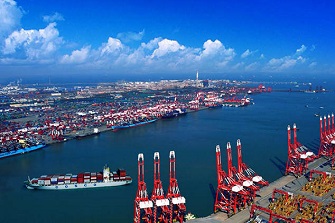
Progress on the Belt and Road Initiative: a four-year evaluation
Progress on the Belt and Road Initiative: a four-year evaluation is included in Regional Connection Under the Belt and Road Initiative: The Prospects For Economic and Financial Cooperation edited by Fanny M. Cheung and Ying-yi Hong which was publish by Routledge in New York in 2019. The author is Wang Wen, the executive dean of RDCY, Jia Jinjing, the director of the Marco Research Department of RDCY, Xiang Junyong, the research fellow of RDCY and Liu Ying, the research fellow of RDCY.
2019-12-10 -

Liu Yushu: Digitalizing the Silk Road
The Pakistan-East Africa submarine fiber optic cable connects Pakistan with Kenya via Djibouti and it will also connect Europe via a terrestrial cable system, building a new digital economic highway for Africa, Europe and Central Asia. This is just one example of a wide range of cooperation taking place among countries participating in the Belt and Road Initiative, which has laid a solid foundation for the development of an open, inclusive and transparent global digital economy in the future and attracted worldwide attention.
2019-12-09 -

How the BRI could help Pacific island countries combat climate change
With snow white sandy beaches and startlingly blue water teeming with coral and fish, Pacific island countries are often considered to be paradise on earth. But with climate change and the related rise in sea levels looming, the existence of many such islands are under threat.
2019-11-18 -
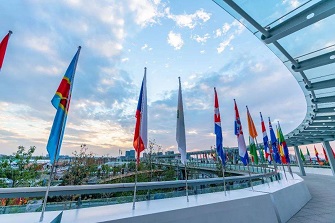
William Jones: Media and think tanks join hands to combat 'fake news' about China
Around 270 representatives of think tanks and media organizations from 99 countries gathered in Shanghai on November 6 and 7 for the second Hongqiao International Economic Forum on China's 70-year Development and the Building of a Community with a Shared Future for Mankind, to discuss the significance for the world of China's road to prosperity over the last 70 years and celebrate the success of the Belt and Road Initiative (BRI).
2019-11-11 -
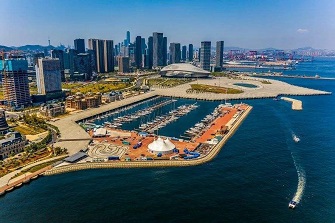
Discovering amicable cities along Silk Road
Cities should serve their citizens and it takes efforts from the whole society to cultivate amicable cities so that people can feel more secure and happier, experts noted at a seminar in Beijing on Tuesday."The project of discovering amicable cities along the Silk Road has drawn attention from all over the world since it was launched in January," Liu Zhiqin, head of Silk Road City Institute said at the seminar. The standard for amicable cities has been widely acknowledged, which is the city's performance in areas of security, stability, health and comfort.
2019-11-07 -

China, Nepal upgrade ties
The two sides should build an all-round cooperation pattern, carry out the construction of a trans-Himalayan connectivity network, and expand exchanges and cooperation in various fields, Xi said. The new relationship, featuring development and prosperity and dubbed a 'trans-Himalaya' friendship, shows that Nepal has realized that China is a significant partner that could help it realize its development prospects, especially economic development.
2019-10-23 -

Ask China: Is China's rise a threat to the world?
Do you think China is a threat to the world? Western scholars and media have said "yes" to the question, as they track China's rise as a global power in world economy and international affairs. In 2018, U.S. Vice President Mike Pence said China "has chosen economic aggression" and has in turn "emboldened its growing military.” Netizens also expressed their concern online, as they see China as a threat in two main areas: its economic influence and its expanding military power.
2019-10-11 -

William Jones: The BRI promotes the dialogue of cultures
Much has been written recently in the Western media about China's Belt and Road Initiative (BRI). Numerous Western think-tanks have devoted units of their establishments to study the BRI. And even many of those individuals and institutions that have taken a positive view of the project (and many have not), there is still an undertone of suspicion that somehow, for all the good it has achieved, it is still motivated primarily by Chinese political interests and should, therefore, be approached cautiously.
2019-10-08 -
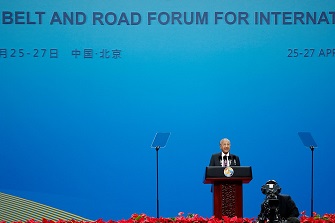
Liu Zongyi: The belt and road initiative and the us “INDO-PACIFIC” strategy
The BRI is mainly a geo-economic initiative, but there are many ongoing debates on its geo-economic and geostrategic implications. One can observe the geo-economic aspects of the initiative in the report delivered at the 19th National Congress of the Communist Party of China in October 2017, from which we understand that the BRI has implications that will affect not only the region but global dynamics as well. On a smaller scale, the BRI is one of the concrete measures to balance regional development together with the coordinated development of the Beijing-Tianjin-Hebei region and the Yangtze Economic Belt. On a larger scale, the BRI paves the way in opening China further to the world through trade routes running eastward and westward, across land and overseas.
2019-09-11 -
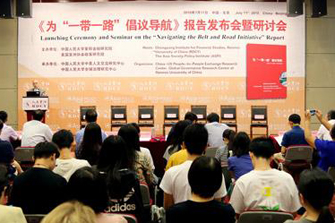
BRI will be a great learning experience for China
China's Belt and Road Initiative (BRI) has been subjected to a great deal of criticism and controversy from the very start. However, there are generally two types of criticism concerning the BRI - one largely driven by suspicions towards anything Chinese, and the other more constructive and intended to help improve practices involving BRI projects.
2019-07-15 -
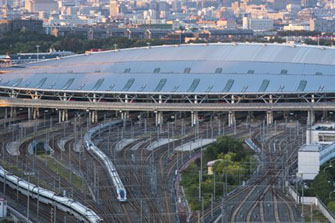
Ding Gang: Prosperity rides on better connectivity
An old Chinese proverb goes, "Frequent shifts make a tree dead but a person prosperous." "Shifts" here are used to convey a sense of movement. How can people move from one place to another? It needs road, rail, air and water connectivity - an implication of multimodal transport. One of the objectives of the China-proposed Belt and Road Initiative (BRI) is connectivity - making people, funds and resources flow.
2019-07-15 -
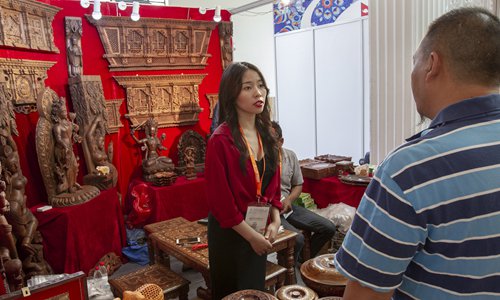
BRI evolves into global project, European nations eyeing opportunities
Although it started mostly through cooperation with emerging markets, the China-proposed Belt and Road Initiative (BRI) is evolving into what one expert called "a worldwide project," as several European countries including Russia, Italy and France applauded the program.
2019-07-11 -
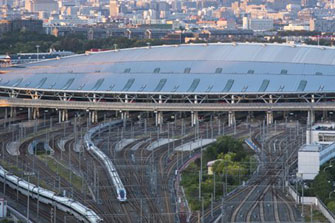
Prosperity rides on better connectivity
An old Chinese proverb goes, "Frequent shifts make a tree dead but a person prosperous." "Shifts" here are used to convey a sense of movement. How can people move from one place to another? It needs road, rail, air and water connectivity - an implication of multimodal transport. One of the objectives of the China-proposed Belt and Road Initiative (BRI) is connectivity - making people, funds and resources flow.
2019-07-11 -
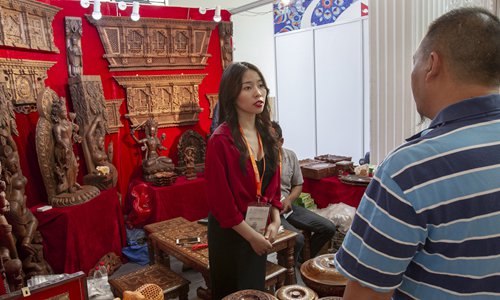
BRI evolves into global project, European nations eyeing opportunities
Although it started mostly through cooperation with emerging markets, the China-proposed Belt and Road Initiative (BRI) is evolving into what one expert called "a worldwide project," as several European countries including Russia, Italy and France applauded the program.
2019-07-11 -

BRI provides New Zealand momentum to build Southern Link
New Zealand government is willing to support New Zealand to play a bigger role in building links between China and South American countries, said New Zealand's Minister for Trade and Export Growth David Parker on Tuesday in Auckland addressing the Building the Southern Link Conference.
2019-07-03 -

Wang Wen: China brings new confidence to the world
Dr. Wang Wen, Executive Dean of Chongyang Institute for Financial Studies (RDCY) and the Deputy Dean and Distinguished Visiting Professor of Silk Road School at Renmin University of China,was interviewed by Belt&Silkroad.com, a Indonesian website initiated by UCLG ASPAC to create a platform for communication and knowledge sharing among the people along the silk roads.
2019-06-12 -
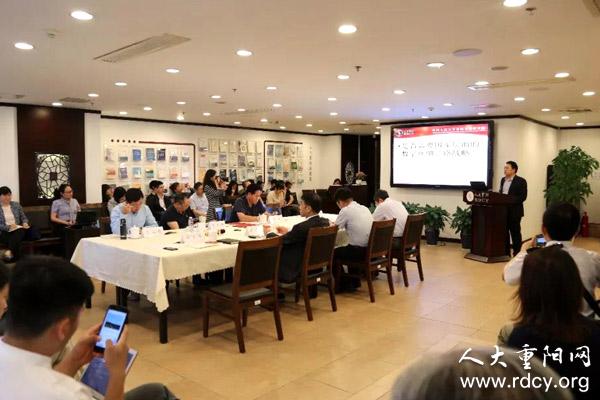
Suggestions put forward by think tank for digitalizing the silk road
On the 27th afternoon, press conference as well as seminar of progress, challenges and practical schemes of the digitalized silk road hosted by RDCY was held in the cultural mansion. The relevant report was officially delivered on the conference. Executive dean of RDCY, Wang Wen, made an introductory speech and research fellow of the Financial and Monetary Institute of RUC, Liu Yushu made an illustration. Otherwise, RDCY also invited Director of Cyberspace Strategy Institute of China, Qin An; Head of Strategic Institute of State Development Bank, Wu Zhifeng; Deputy Dean of RDCY, Zhou Luohua; Senior Fellow of RDCY as well as professor of School of International Relations, Wang Yiwei, to carry out a discussion about the digitalized silk road. Assistant of RDCY as well as well as Director of Macro Research Department, Jia Jinjing, chaired this conference.
2019-05-31 -

The first BRI Global Mentor Project launches in Beijing
On May 29th, guided by Silk Road Think Tank Association (SRTA), hosted by Renmin University of China (RUC), and co-organized by Silk Road School and Chongyang Institute for Financial Studies at Renmin University of China(RDCY), the launching ceremony of the first Belt and Road Initiative (BRI) Global Mentor Project as well as the Symposium themed on “Cultivating Global Talents: Progress, Potentials and Suggestions for Studying in China in the Past 70 years ” was held in RDCY. This conference aims to leverage intelligence and organization advantages of education research institute, fully maximizes global network resources of renowned international think tanks represented by RDCY, proactively explores the whole new educational connectivity pattern of BRI so that joint education of BRI can be implemented.
2019-05-31























































































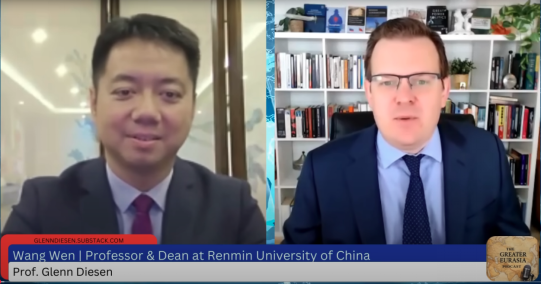
 京公网安备 11010802037854号
京公网安备 11010802037854号





